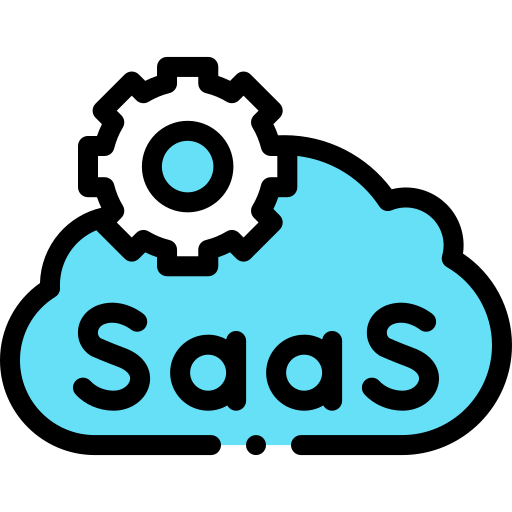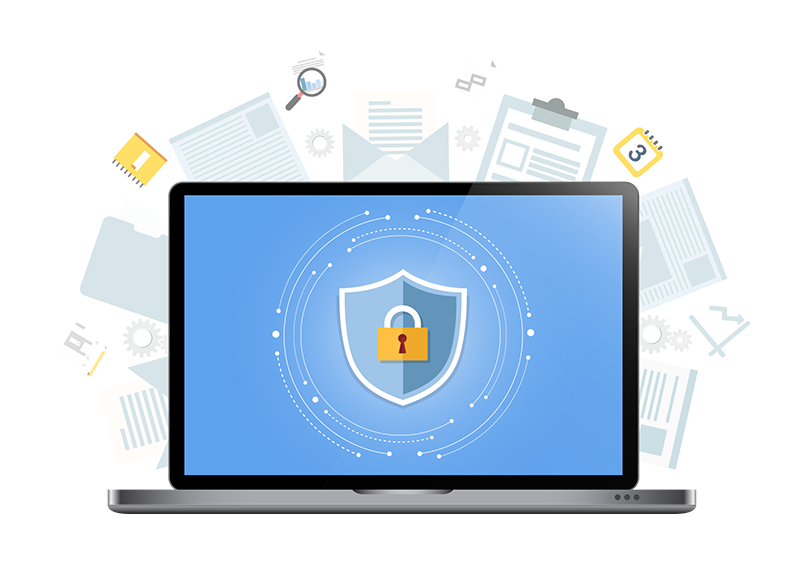Google Upgrade Prevents SPAM and Defines Email Best Practices for 2024

Google constantly works to enhance security and reduce the prevalence of spam in Google Workspace and Gmail inboxes. AI-powered defenses successfully filter out almost 15 billion undesired emails each day. Google stops over 99.9% of spam, phishing, and malware threats. Still, as spamming techniques evolve, threats to user security persist. Google will deploy new rules for bulk email senders. These Google email sender guidelines and rules prevent SPAM using email best practices that we should all follow.
Improving Security with Google Email Validation
Starting in February 2024, Google will implement new criteria for bulk senders (i.e., accounts that send more than 5,000 messages to Gmail users in a single day). These new email sender guidelines and requirements focus on email validation, and the evaluation of an email address’s legitimacy.
New Email Requirements for Bulk Senders:
- Authenticate Email: Bulk senders must strongly authenticate their emails. This protects against the exploitation of loopholes by malicious actors and allows users to trust the source behind the emails they receive.
- Enable Easy Unsubscribe: Bulk senders will be required to provide recipients with an easy, one-click option to unsubscribe from commercial emails. These unsubscription requests must also be processed within a time period of two days.
- Send Wanted Emails: Google will set a clear spam rate threshold to protect Gmail users from receiving an abundance of unwanted emails. Notably, this measure is an industry first.
This Change Impacts You
If email is part of your marketing program, even if you are not a bulk sender, these rules impact you. While Google is enforcing these rules for bulk senders, following these rules improves your email results. By improving your email reputation, and reducing the risk of impersonation, your emails are more likely to land in the inbox rather than the junk or spam folder.
Things to Consider to be Ready for The Bulk Sender Changes Happening in February 2024
1 Make sure your Domain Name Service (DNS) email settings and protocols are correct and complete.
- Google is looking for Sender Policy Framework (SPF) and DomainKey Identified Mail (DKIM) protocols to be in place.
- In Different Types of Email Security Features, we define and outline these protocols and more. Our eBook, Email Security: Good, Better, Best, provides more in-depth information.
2 Preferably, use an email marketing platform instead of your Google Workspace account for large group and bulk marketing emails.
- Email marketing platforms give you the ability for easy un-subscribe and will provide the necessary features to comply with the anti-spam and data privacy laws and regulations.
- Google limits the number of recipients per email and the number of emails you can send per day. Google may suspend your account if you exceed these limits.
Your Next Steps to Prepare for New Google Email Sender Guidelines
Contact us or click here to schedule a call with a Cloud Advisor to review your DNS protocol settings and our Managed DNS Services.
For more details about Google policies that impact emails received by, and sent from, Google Workspace, review Google’s Email Sender Guidelines.
About the Author
 Allen Falcon is the co-founder and CEO of Cumulus Global. Allen co-founded Cumulus Global in 2006 to offer small businesses enterprise-grade email security and compliance using emerging cloud solutions. He has led the company’s growth into a managed cloud service provider with over 1,000 customers throughout North America. Starting his first business at age 12, Allen is a serial entrepreneur. He has launched strategic IT consulting, software, and service companies. An advocate for small and midsize businesses, Allen served on the board of the former Smaller Business Association of New England, local economic development committees, and industry advisory boards.
Allen Falcon is the co-founder and CEO of Cumulus Global. Allen co-founded Cumulus Global in 2006 to offer small businesses enterprise-grade email security and compliance using emerging cloud solutions. He has led the company’s growth into a managed cloud service provider with over 1,000 customers throughout North America. Starting his first business at age 12, Allen is a serial entrepreneur. He has launched strategic IT consulting, software, and service companies. An advocate for small and midsize businesses, Allen served on the board of the former Smaller Business Association of New England, local economic development committees, and industry advisory boards.


 Christopher Caldwell is the COO and a co-founder of Cumulus Global. Chris is a successful Information Services executive with 40 years experience in information services operations, application development, management, and leadership. His expertise includes corporate information technology and service management; program and project management; strategic and project-specific business requirements analysis; system requirements analysis and specification; system, application, and database design; software engineering and development, data center management, network and systems administration, network and system security, and end-user technical support.
Christopher Caldwell is the COO and a co-founder of Cumulus Global. Chris is a successful Information Services executive with 40 years experience in information services operations, application development, management, and leadership. His expertise includes corporate information technology and service management; program and project management; strategic and project-specific business requirements analysis; system requirements analysis and specification; system, application, and database design; software engineering and development, data center management, network and systems administration, network and system security, and end-user technical support. If you are a sole practitioner, a solopreneur, or the owner of smaller businesses, you face unique technology challenges. You, and businesses like yours, are uniquely dependent on your technology. Your computer and phone are critical tools without which your business can screech to a halt. Avoiding IT problems is critical. And yet, you do not have time to be the IT guru. You may not have access to, or the budget for, traditional IT services.
If you are a sole practitioner, a solopreneur, or the owner of smaller businesses, you face unique technology challenges. You, and businesses like yours, are uniquely dependent on your technology. Your computer and phone are critical tools without which your business can screech to a halt. Avoiding IT problems is critical. And yet, you do not have time to be the IT guru. You may not have access to, or the budget for, traditional IT services. Bill is a Senior Cloud Advisor responsible for helping small and midsize organizations with cloud forward solutions that meet their business needs, priorities, and budgets. Bill works with executives, leaders, and team members to understand workflows, identify strategic goals and tactical requirements, and design solutions and implementation phases. Having helped over 200 organizations successfully adopt cloud solutions, his expertise and working style ensure a comfortable experience effective change management.
Bill is a Senior Cloud Advisor responsible for helping small and midsize organizations with cloud forward solutions that meet their business needs, priorities, and budgets. Bill works with executives, leaders, and team members to understand workflows, identify strategic goals and tactical requirements, and design solutions and implementation phases. Having helped over 200 organizations successfully adopt cloud solutions, his expertise and working style ensure a comfortable experience effective change management.  We have all seen and heard the warnings about the ever increasing number of cyber attacks against small business. More than crypto-ware, small and midsize businesses are targets of other forms for ransomware, impersonation, crypto-mining, and business email compromise attacks. The threats are real, as are the operational and financial risks to your business. Multi-Factor Authentication, or MFA, is an effective, “no cost” solution.
We have all seen and heard the warnings about the ever increasing number of cyber attacks against small business. More than crypto-ware, small and midsize businesses are targets of other forms for ransomware, impersonation, crypto-mining, and business email compromise attacks. The threats are real, as are the operational and financial risks to your business. Multi-Factor Authentication, or MFA, is an effective, “no cost” solution.
 The term “SaaSOps” was first coined by David Politis, founder of BetterCloud. SaaSOps, short for
The term “SaaSOps” was first coined by David Politis, founder of BetterCloud. SaaSOps, short for  In any client environment, it is critical for you to protect your admin account with current security best practices. Most
In any client environment, it is critical for you to protect your admin account with current security best practices. Most 